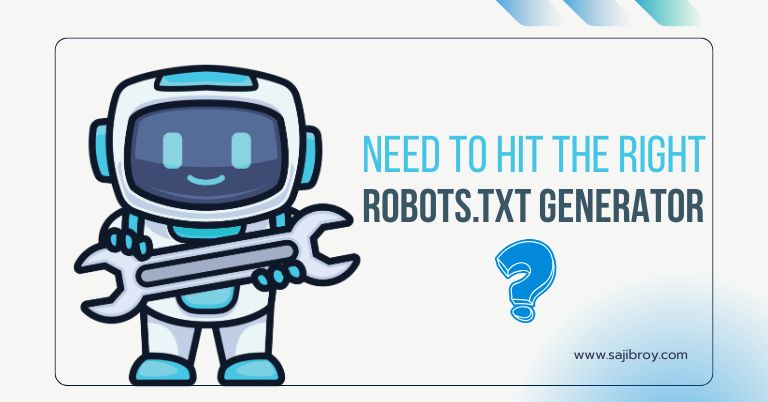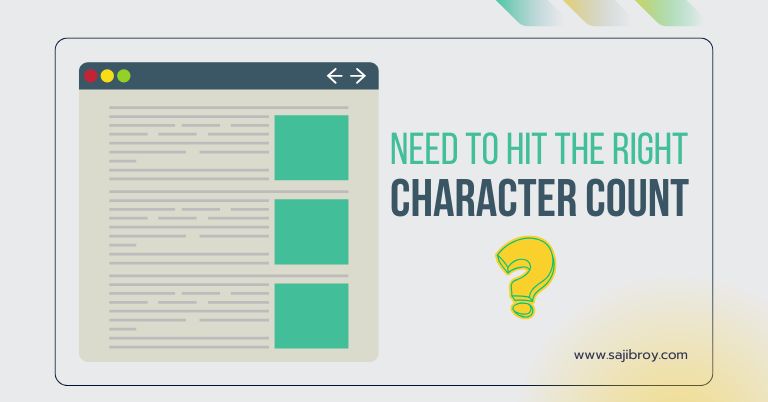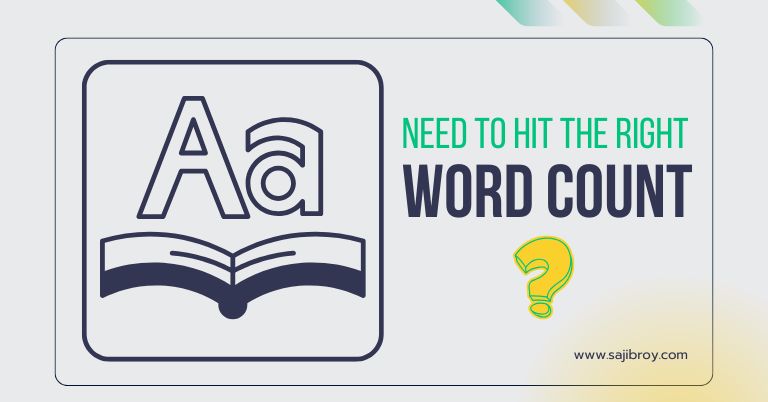Predictive analytics is the use of data, statistical algorithms, and machine learning techniques to identify patterns and make predictions about future events or outcomes. In today’s digital age, businesses are harnessing the power of predictive analytics to gain insights and make data-driven decisions that drive growth and improve operational efficiency.
By analyzing historical data and applying predictive models, businesses can anticipate customer behavior, optimize marketing campaigns, forecast sales, and even prevent fraud. Predictive analytics enables organizations to identify potential risks and opportunities, enabling them to proactively respond and stay ahead of the competition.
From healthcare to finance to retail, predictive analytics is transforming industries by unlocking the power of data to drive innovation and success. With its ability to provide crucial insights, predictive analytics is quickly becoming an indispensable tool for businesses seeking a competitive edge in today’s dynamic marketplace.
Let's See the Topic Overview
The Power Of Data: Revolutionizing Decision-Making
Predictive analytics is a game-changer in decision-making, harnessing the power of data to anticipate future outcomes. Unlocking patterns, trends, and insights, empowers businesses to make informed choices and stay ahead of the curve. Discover the transformative potential of predictive analytics today.
In today’s fast-paced business environment, the power of data-driven insights in revolutionizing decision-making processes cannot be underestimated. With the advent of predictive analytics, businesses can leverage the vast amount of data at their disposal to make informed decisions that drive growth and success.
By harnessing the potential of data, organizations can stay ahead of the competition and adapt to changing market conditions with agility and precision. In this section, we will explore how data-driven insights are revolutionizing decision-making processes, the power of leveraging predictive analytics, and the importance of harnessing the potential of data to drive business growth.
How Data-Driven Insights Are Revolutionizing Decision-Making Processes:
- Uncovering hidden patterns: Predictive analytics enables businesses to uncover hidden patterns and trends within their data. With the ability to analyze large volumes of structured and unstructured data, organizations can gain deep insights that were previously inaccessible. By identifying these patterns, businesses can make informed decisions that are based on factual evidence, rather than intuition or guesswork.
- Improving forecasting accuracy: With predictive analytics, businesses can improve their forecasting accuracy by using historical data to predict future outcomes. This enables organizations to anticipate market trends, customer behavior, and demand patterns, allowing them to optimize their operations, minimize risks, and seize opportunities. By leveraging data-driven insights, businesses can make more accurate predictions, enabling them to stay ahead of the competition.
- Enhancing risk management: Data-driven insights play a crucial role in enhancing risk management processes. Predictive analytics helps organizations identify potential risks and vulnerabilities, allowing them to take proactive measures to mitigate these risks. By analyzing patterns and trends within their data, businesses can identify early warning signs of potential risks, enabling them to make timely decisions to protect their assets and reputation.
- Optimizing resource allocation: Data-driven insights enable businesses to optimize their resource allocation by identifying areas where resources can be utilized more effectively. By analyzing data on various factors such as customer behavior, market trends, and operational performance, organizations can make informed decisions on how to allocate their resources to areas that have the highest potential for growth and success. This ensures that resources are utilized in the most efficient and impactful manner, driving business growth and profitability.
Leveraging The Power Of Predictive Analytics To Make Informed Decisions:
- Predictive modeling: Organizations can leverage predictive analytics to build sophisticated models that can forecast future outcomes based on historical data. By training these models with relevant data, businesses can make accurate predictions about customer behavior, market trends, and other critical factors. This empowers businesses to make informed decisions based on data-driven insights, increasing their chances of success.
- Real-time analytics: With the advancements in technology, businesses can now access and analyze data in real-time, enabling them to make decisions on the fly. Real-time analytics allows organizations to monitor and analyze data as it is generated, providing them with up-to-date insights that can be used to make immediate decisions. This agility and responsiveness are particularly crucial in dynamic industries where conditions change rapidly.
- Machine learning algorithms: Machine learning algorithms are at the heart of predictive analytics. By utilizing these algorithms, businesses can train models to learn from historical data and make accurate predictions. This enables organizations to automate decision-making processes, freeing up valuable time and resources that can be allocated to more strategic tasks. Machine learning algorithms can also identify patterns and trends that humans may overlook, leading to more accurate and effective decisions.
Harnessing The Potential Of Data To Drive Business Growth:
- Competitive advantage: By harnessing the potential of data, businesses can gain a competitive advantage in the marketplace. Data-driven insights provide organizations with a deep understanding of their customers, their preferences, and their needs. This knowledge allows businesses to tailor their products and services to meet customer demands, giving them an edge over competitors who rely on guesswork or outdated information.
- Innovation and product development: Data-driven insights enable businesses to innovate and develop new products and services that are aligned with customer needs and preferences. By analyzing data on customer feedback, market trends, and emerging technologies, organizations can identify gaps in the market and develop innovative solutions that address these gaps. This opens up new revenue streams and opportunities for growth.
- Customer experience optimization: Data-driven insights are instrumental in optimizing the customer experience. By analyzing data on customer behavior and preferences, organizations can personalize their offerings and deliver customized experiences that resonate with customers. This leads to increased customer satisfaction, loyalty, and ultimately, business growth.
- Scalability and efficiency: Data-driven insights enable businesses to scale their operations and improve efficiency. By analyzing data on operational performance, organizations can identify bottlenecks, inefficiencies, and areas for improvement. This allows them to optimize their processes, streamline operations, and allocate resources more effectively, resulting in cost savings and improved productivity.
The power of data-driven insights in revolutionizing decision-making processes cannot be understated. By leveraging the potential of predictive analytics and harnessing the wealth of data available, businesses can make informed decisions that drive growth, innovation, and success. The ability to uncover hidden patterns, improve forecasting accuracy, enhance risk management, optimize resource allocation, and leverage machine learning algorithms empowers organizations to stay ahead of the competition and adapt to changing market conditions with agility and precision.
The insights gained from data analysis provide a competitive advantage, fuel innovation, and product development, optimize the customer experience, and drive scalability and efficiency. By embracing the power of data, businesses can unlock their full potential and achieve long-term sustainable growth.
Unleashing Predictive Analytics: A Closer Look
Predictive analytics, a powerful tool, uses historical data and statistical algorithms to predict future outcomes. By uncovering patterns and trends, it helps businesses make informed decisions and gain a competitive edge. Explore the true potential of predictive analytics with a closer look.
Predictive analytics is a powerful tool that enhances decision-making processes across various industries. By examining historical data patterns and trends, predictive analytics provides valuable insights that enable organizations to make informed predictions and forecasts about future outcomes. In this section, we will take a closer look at how predictive analytics works and its applications in different domains.
Exploring The Concept And Applications Of Predictive Analytics:
- Predictive analytics leverages historical data and statistical algorithms to identify patterns and trends that can be used to make predictions about future events.
- It plays a crucial role in various industries, including finance, marketing, healthcare, and manufacturing.
- In finance, predictive analytics helps predict stock market trends, optimize investment portfolios, and detect fraudulent activities.
- In marketing, it enables businesses to segment their target audience, personalize marketing campaigns, and predict customer behavior and preferences.
- In healthcare, predictive analytics assists in disease diagnosis and prognosis, patient monitoring, and the identification of at-risk populations.
- In manufacturing, it helps optimize production processes, forecast demand, and prevent equipment failures.
How Predictive Analytics Uncovers Patterns And Trends In Data:
- Predictive analytics uses advanced statistical techniques such as regression analysis, decision trees, and machine learning algorithms to identify patterns in historical data.
- These algorithms analyze various factors and variables to uncover relationships and dependencies among data points.
- By examining large volumes of data, predictive analytics algorithms can identify hidden patterns and trends that might not be apparent through manual analysis.
- Once these patterns are identified, predictive analytics uses them to make accurate predictions and forecasts about future events.
Understanding The Predictive Modeling Process In Data Analysis:
- The predictive modeling process involves several steps, including data collection, data preprocessing, model training, model evaluation, and prediction.
- Data collection involves gathering relevant data from various sources, ensuring its accuracy and completeness.
- Data preprocessing refers to the cleaning, transforming, and structuring of data to prepare it for analysis.
- Model training involves feeding historical data into the predictive analytics algorithm to build a model that can make accurate predictions.
- Model evaluation assesses the performance of the trained model by comparing its predictions with the actual outcomes.
- Prediction utilizes the trained model to make predictions about future events based on new data.
Predictive analytics offers immense potential for organizations seeking to gain a competitive edge. By harnessing the power of data and statistical algorithms, predictive analytics can unlock valuable insights that drive smarter decision-making. With its wide-ranging applications, predictive analytics is poised to revolutionize industries and provide innovative solutions to complex challenges.
The Role Of Machine Learning In Predictive Analytics
Predictive analytics harnesses machine learning to forecast future outcomes based on historical data. By analyzing patterns and trends, businesses can make informed decisions and optimize their strategies for success. Discover the power of predictive analytics and unlock valuable insights for your organization.
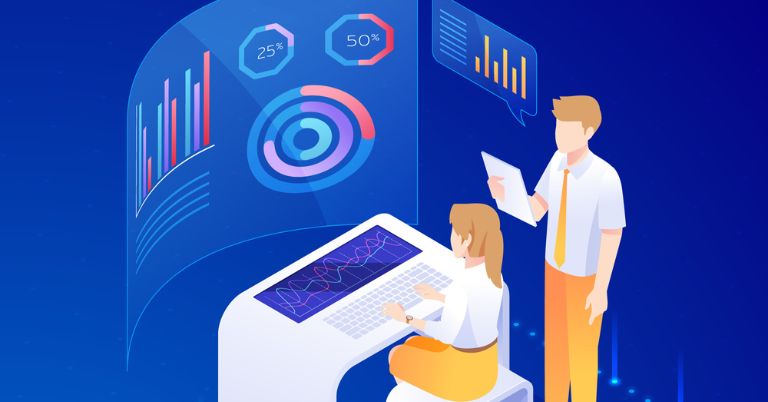
The Intersection Of Machine Learning And Predictive Analytics
Machine learning and predictive analytics are two interconnected fields that work hand in hand to extract valuable insights and make accurate predictions. By leveraging the power of machine learning algorithms, predictive analytics can uncover patterns and relationships within data, enabling organizations to make informed decisions and take proactive actions.
The combination of these two disciplines has revolutionized data analysis and opened up new possibilities for businesses across various industries.
Key points:
- Machine learning and predictive analytics are closely intertwined disciplines.
- Machine learning algorithms play a crucial role in predictive analytics.
- The combination of machine learning and predictive analytics enables informed decision-making.
Leveraging Machine Learning Algorithms For Predictive Modeling
In the realm of predictive analytics, machine learning algorithms serve as the backbone for building effective predictive models. These algorithms are designed to automatically recognize and learn patterns from data, making them indispensable tools for predictive modeling. By training these algorithms on historical data, organizations can gain valuable insights into future outcomes and trends.
Key points:
- Machine learning algorithms are used for predictive modeling in predictive analytics.
- These algorithms can automatically learn patterns from data.
- Historical data is used to train machine learning algorithms for predicting future outcomes.
Enhancing Accuracy And Precision Through Machine Learning Techniques
Machine learning techniques have significantly enhanced accuracy and precision in predictive analytics. By applying these techniques to predictive models, organizations can improve their forecasting capabilities and make more reliable predictions. Machine learning algorithms can handle vast amounts of data, identify complex patterns, and adapt to changing conditions, resulting in more accurate and precise predictions.
Key points:
- Machine learning techniques improve accuracy and precision in predictive analytics.
- Predictive models utilizing machine learning algorithms have better forecasting capabilities.
- Machine learning algorithms can handle large datasets and adapt to changing conditions, leading to more reliable predictions.
The intersection of machine learning and predictive analytics has paved the way for advanced data analysis and prediction capabilities. By leveraging machine learning algorithms, organizations can build robust predictive models and gain valuable insights into future trends. These advancements in accuracy and precision have revolutionized decision-making processes across industries, making machine learning an essential component of predictive analytics.
Predictive Analytics In Action: Real-World Case Studies
Learn about real-world case studies showcasing the power of predictive analytics. Explore the practical applications of this technology and gain insights into its benefits and potential.
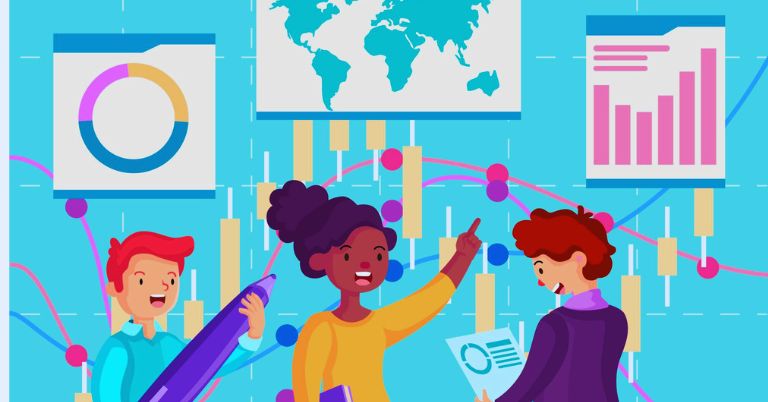
Predictive analytics is a powerful tool that utilizes data to make informed predictions and decisions. Let’s dive into some real-world case studies that demonstrate the impact of predictive analytics in different industries.
Case Study 1: Predictive Analytics In E-Commerce For Personalized Recommendations
- Personalized product recommendations based on previous purchase history and browsing behavior.
- Utilizing machine learning algorithms to analyze customer data and determine the most relevant recommendations.
- Increased customer engagement and conversion rates through tailored suggestions.
- Improved customer satisfaction and loyalty by delivering a personalized shopping experience.
Case Study 2: Predictive Analytics In Healthcare For Disease Diagnosis And Prevention
- Early detection and prevention of diseases through analysis of patient data and healthcare records.
- Predicting potential health risks based on individual genetic information, lifestyle factors, and medical history.
- Optimizing treatment plans and resource allocation by identifying patterns and correlations in large healthcare datasets.
- Enhancing patient outcomes and reducing healthcare costs through proactive measures.
Case Study 3: Predictive Analytics In Finance For Fraud Detection And Risk Assessment
- Identifying fraudulent activities by analyzing patterns in financial transactions and behavior.
- Utilizing predictive models to assess credit risk and determine loan approval likelihood.
- Detecting potential anomalies and suspicious behavior in real time to prevent financial loss.
- Minimizing risks and optimizing investment strategies through predictive analytics insights.
Predictive analytics serves as a valuable tool in various sectors, delivering data-driven insights for decision-making and improving outcomes. Whether it’s personalized recommendations in e-commerce, disease diagnosis in healthcare, or fraud detection in finance, predictive analytics continues to shape the way businesses and organizations operate.
The Future Of Predictive Analytics: Trends And Innovations
Predictive analytics is cutting-edge technology that uses data, statistical algorithms, and machine learning techniques to forecast future outcomes. It enables businesses to make informed decisions, identify trends, and mitigate risks. With continuous advancements and innovations, the future of predictive analytics holds tremendous potential for various industries.
Predictive analytics is a rapidly evolving field that uses historical data, statistical algorithms, and machine learning techniques to predict future outcomes. This powerful tool has contributed to significant advancements in various industries and is helping organizations make data-driven decisions. As we look towards the future of predictive analytics, several trends and innovations are shaping the landscape.
Emerging Trends In Predictive Analytics: From Big Data To AI
- Big data: With the exponential growth of data, businesses are focusing on harnessing the power of big data to gain valuable insights. Predictive analytics leverages big data to uncover patterns and trends that were previously hidden.
- Machine learning: As artificial intelligence (AI) continues to advance, machine learning algorithms are becoming more sophisticated, enabling predictive analytics models to make more accurate predictions.
- Deep learning: Deep learning techniques, a subset of machine learning, are revolutionizing predictive analytics by enabling models to learn directly from unstructured, complex data such as images, text, and voice.
- Real-time analytics: In today’s fast-paced world, real-time analytics are gaining prominence. Predictive analytics is being used to analyze streaming data to make immediate predictions and take instant actions.
Innovations In Predictive Analytics: Automation And Self-Learning Systems
- Automation: Automation is transforming predictive analytics by streamlining processes, reducing manual effort, and increasing efficiency. Automated data collection, model building, and deployment are enabling organizations to rapidly implement predictive analytics in their operations.
- Self-learning systems: Predictive analytics models are evolving towards self-learning systems that can continuously update, adapt, and improve their predictive capabilities without human intervention. These systems use advanced algorithms to analyze new data and incorporate it into their models, enhancing accuracy over time.
The Impact Of Predictive Analytics On Various Industries And Sectors
Predictive analytics is revolutionizing numerous industries and sectors, empowering organizations to make informed decisions and derive valuable insights. Here are some sectors that are significantly impacted:
- Financial services: Predictive analytics is used to assess credit risk, detect fraud, optimize investment portfolios, and provide personalized financial recommendations.
- Healthcare: In healthcare, predictive analytics helps in disease prediction, patient monitoring, resource allocation, and identifying high-risk individuals for preventive interventions.
- Retail: Retailers are leveraging predictive analytics to forecast demand, optimize pricing, personalize marketing campaigns, and enhance customer experience.
- Manufacturing: Predictive analytics is driving improvements in supply chain management, preventive maintenance, quality control, and demand forecasting in the manufacturing sector.
- Marketing: With predictive analytics, marketers can target the right audience, optimize marketing strategies, anticipate customer behavior, and measure campaign effectiveness.
The future of predictive analytics holds great promise. Emerging trends such as big data, AI, and automation are fueling advancements in this field. Moreover, innovations such as self-learning systems are enabling predictive analytics models to continuously evolve and improve. With the increasing impact across industries, predictive analytics is proving to be an indispensable tool for organizations striving to stay ahead in today’s data-driven world.
Conclusion
Predictive analytics is a powerful tool that businesses can utilize to their advantage. By analyzing historical data and applying statistical algorithms, it enables companies to make informed predictions and forecasts about future events. This allows them to make smarter decisions, optimize processes, and gain a competitive edge in their respective industries.
The implementation of predictive analytics can lead to improved customer satisfaction, increased revenue, and enhanced operational efficiency. By identifying patterns and trends, businesses can better understand their target audience, anticipate their needs, and tailor their offerings accordingly. Furthermore, predictive analytics can help companies mitigate risks, detect fraud, and optimize marketing campaigns.
The possibilities are endless when it comes to harnessing the power of predictive analytics. By investing in the right technology, tools, and talent, businesses can unlock valuable insights and drive business growth. Ultimately, predictive analytics paves the way for data-driven decision-making, improving overall business performance and unlocking new opportunities for success.

